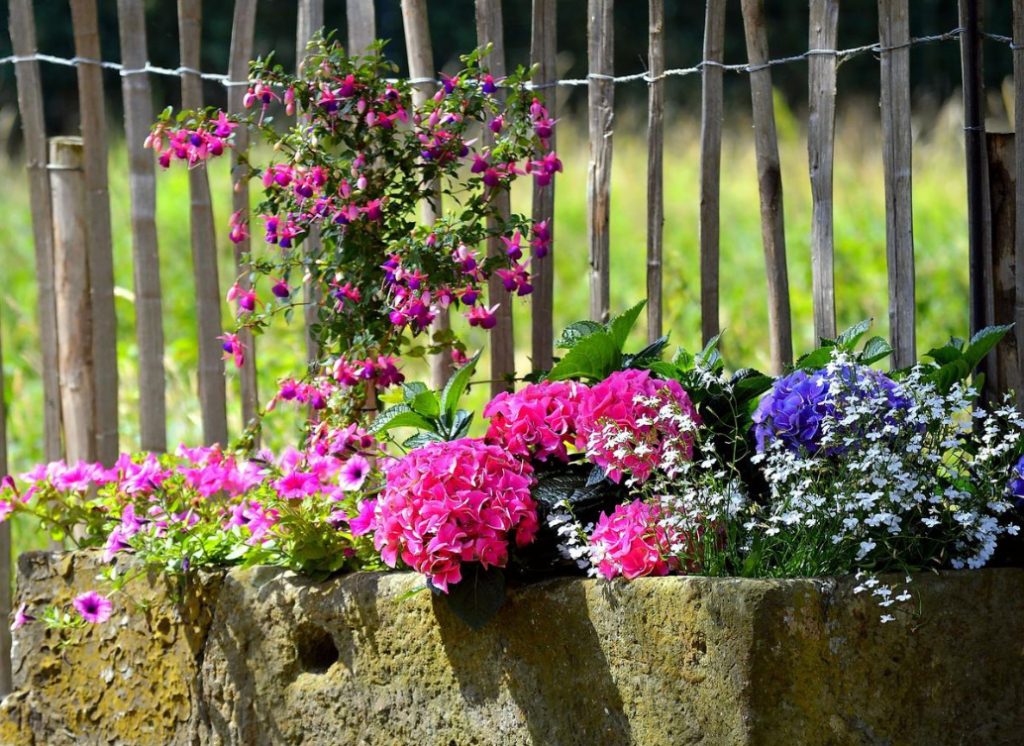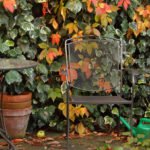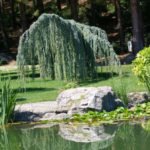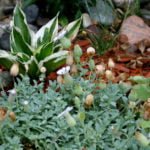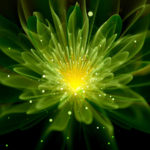The cultivation of seedlings of annuals
Few of us who love flowers in the last days of winter do not yearn for their site. I really want to plant something as soon as possible, at least on the windowsill. And for those who have little or no space on the windowsill, I want to give some tips on growing seedlings of annual flowers.
Annuals are divided into heat-loving and frost-resistant. Heat-loving flowers are grown only through seedlings (for the middle band), and cold-resistant ones can be sown directly into the ground, but if the spring is long and cold, flowering will have to wait a very long time. So I do this.
As soon as the snow melts, my husband and I cover the greenhouse with a film, dig up the ground and water it with a warm pale pink solution of potassium permanganate. Then I sow cold-resistant annual flowers. Top with a thin layer of fertile soil, which I buy in the store in large packages.
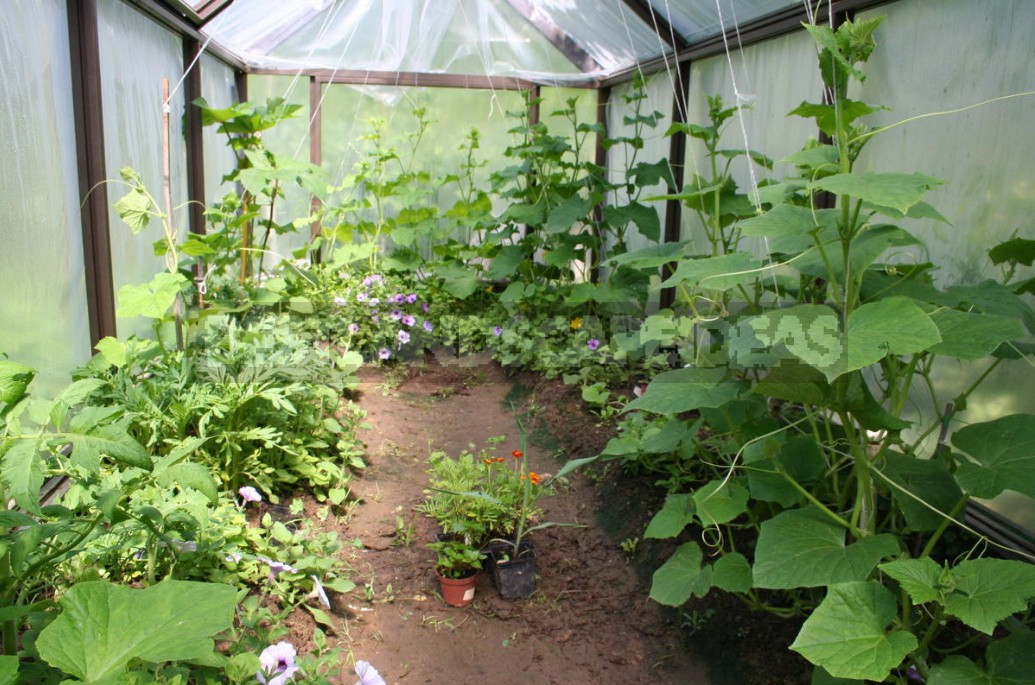
Small seeds are not sprinkled with earth, only slightly pressed into the ground. I water it very carefully, so as not to wash away the ground. I sow a square of 40×40 or 30×30 cm, after 60-70 cm. I leave intervals of 60-70 cm for planting cucumbers, which I plant in the middle or end of may.
If the weather is warm in early may, I bring seedlings of heat-loving annuals to my greenhouse, the seeds of which I sow in early or mid-April. At the end of April, I plant such seedlings in pots and plastic cups, and as soon as the warm weather sets in, I put it in the greenhouse; this usually happens after may 5. If there is very little space on the windowsill, it is better to buy seedlings of flowers with a long growing season (from sowing to flowering), because such seeds are sown at the end of February or in March.
To ensure that my flowers have enough moisture and heat, I put 2 metal barrels of water in the greenhouse. During the day, the water heats up, and at night it gives off heat, in the evening you can water the seedlings with this water.
It is best to plant heat-loving annuals in the ground when the threat of frost has passed. If enough seedlings are grown, you can risk planting half after may 20, since return frosts are very rare in the last days of may and in June.
In addition, some annual flowers can be grown as winter flowers — that is, sown in the open ground in late summer or autumn. This method is suitable for Calendula, Aster, and other annuals.
Conditions for growing annuals and caring for them
To the light and the shade annual flowers are different, but mostly they are light-requiring. For shady gardens, Begonia, Balsaminaceae, Lobelia are suitable, but this does not mean that they can live where it is completely dark, for example, in the forest or in the permanent shadow of garden buildings. Rather, they are able to grow in openwork penumbra (under the crown of detached trees) or where at least in the morning or evening sunlight is available. We must remember: the less light plants receive, the more vulnerable they become, more often get sick, bloom poorly and suffer from insect pests.
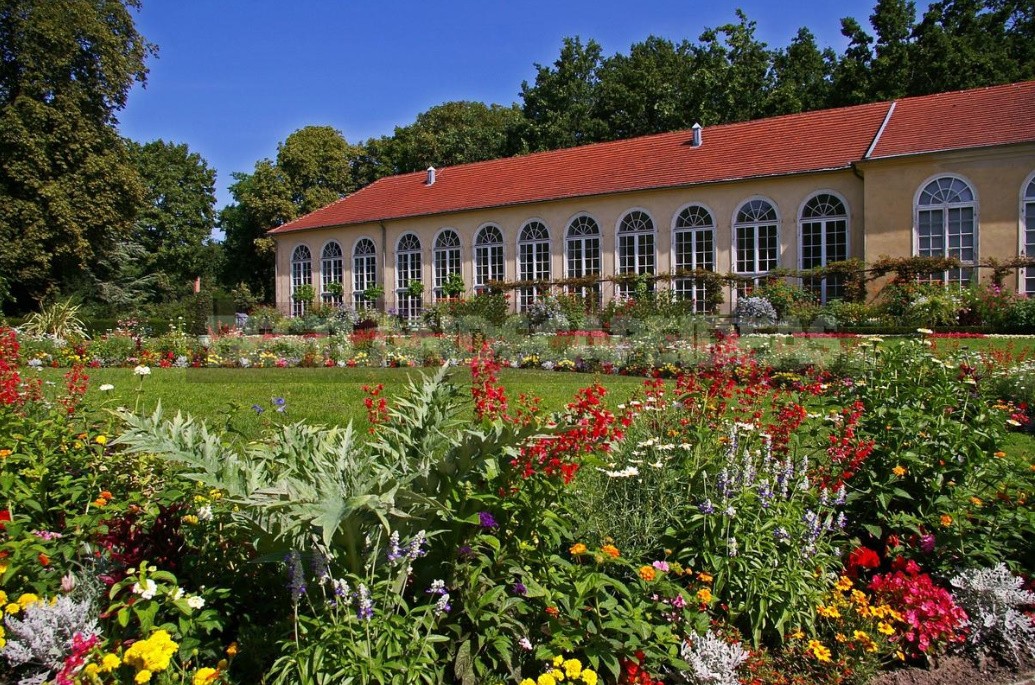
Some of the annuals (Ricinus communis, Delphinium, and others) are more or less poisonous, can irritate the skin or mucous membranes, and cause allergies. If there are animals or small children in the house, make sure that they do not take these plants in their mouths.
Proper planting and care will help create a favorable environment for your flowers, and you will be able to eliminate diseases. We can say that annual flowers require constant care.
Do not forget to remove faded flowers during the entire season, you can leave only 3-4 flowers on the seeds. In order to be able to replace plants that have lost their appearance in the garden in a timely manner, it is necessary to sow annuals with a short growing season, for example, Tagetes, on the vacant space in the greenhouse. It is advisable to do this before June 1.

If you grow annuals in containers, keep in mind that plants in containers quickly consume nutrients and moisture contained in the soil, so 15-20 days after planting, you need to start feeding. These flowers are watered much more often than those planted in open ground.
Also note the following points:
- prolonged rains wash out nutrients from the soil — additional fertilizing will help to preserve the attractive appearance of plants;
- fertilize annuals 1-2 times a week with liquid organic fertilizers diluted in water according to the instructions;
- you can enhance the effect by using leaf feeding, but never apply fertilizer in the sun during the day, otherwise the leaves will burn.
The garden has always been a symbol of Paradise on earth. What attracts flowers that are so charming and fragile? Is this our desire for the natural beauty of nature? Sure. In the age of rapid growth of technology, space pace of life and stress overload, it is absolutely necessary for a person to have their own, even if small, but quiet and beautiful place to relax. This is probably what explains the great attraction to the land of citizens living among concrete and asphalt.
